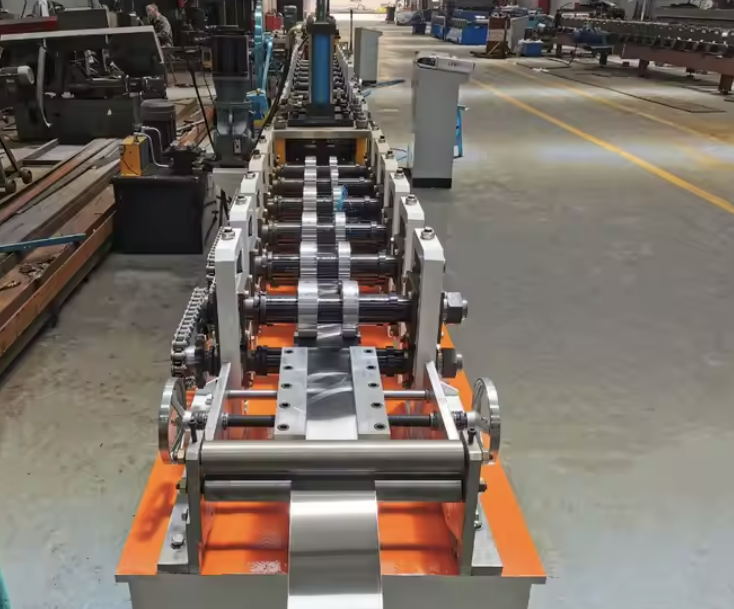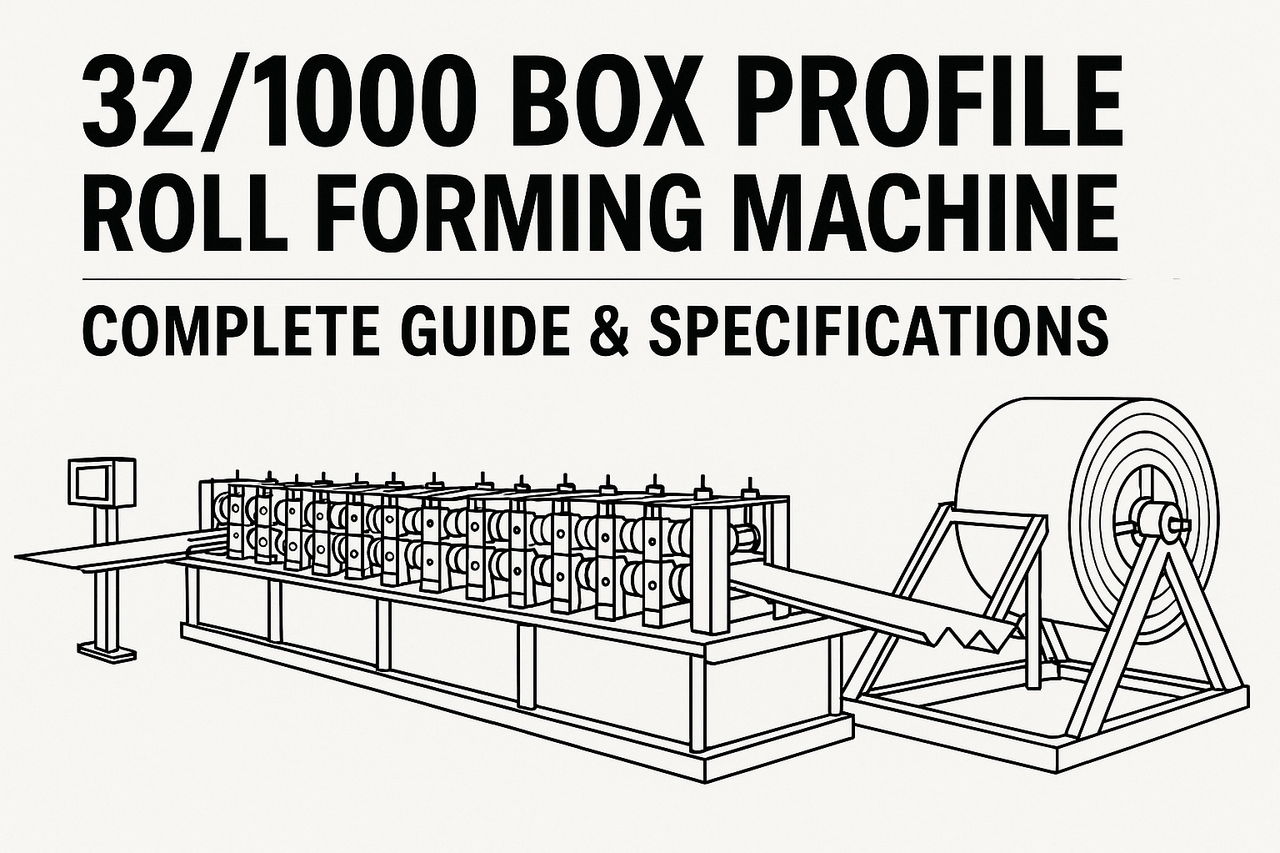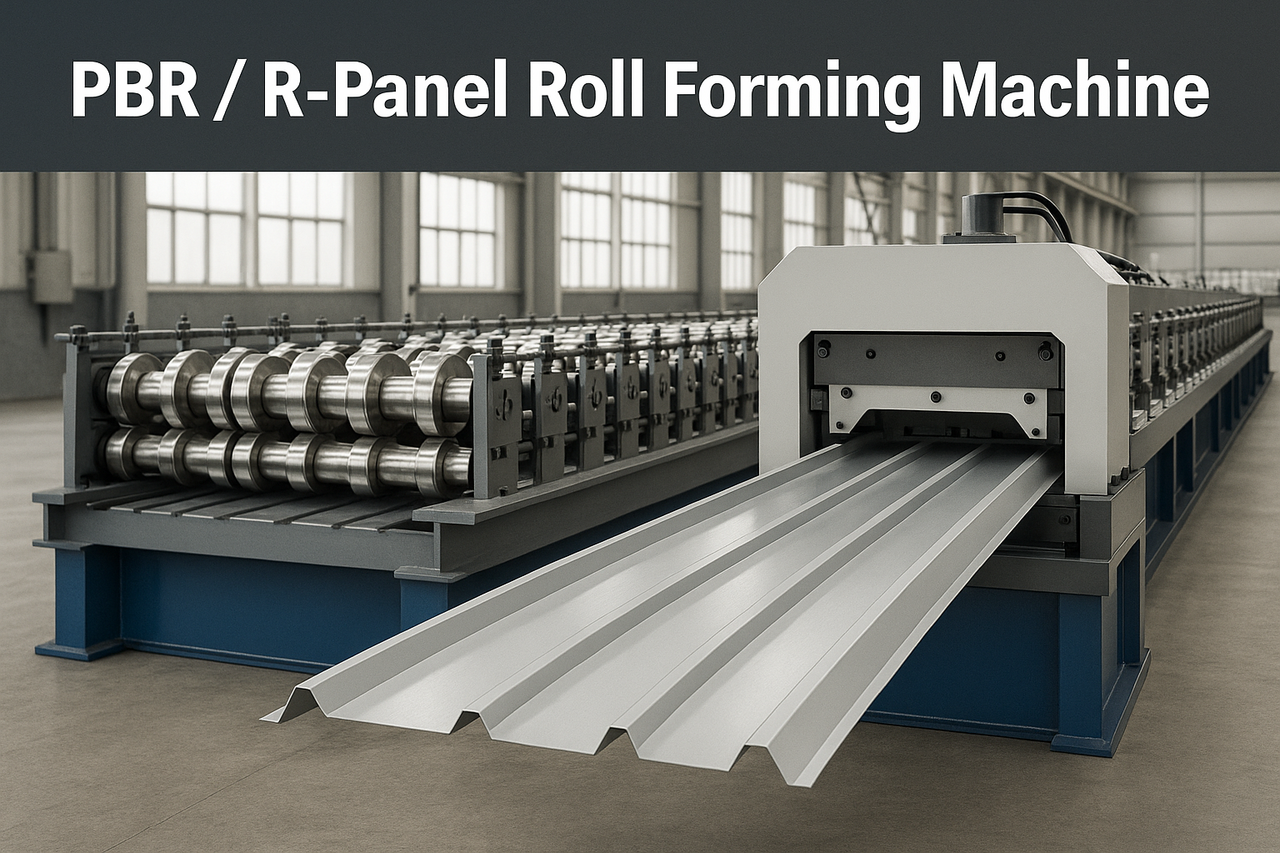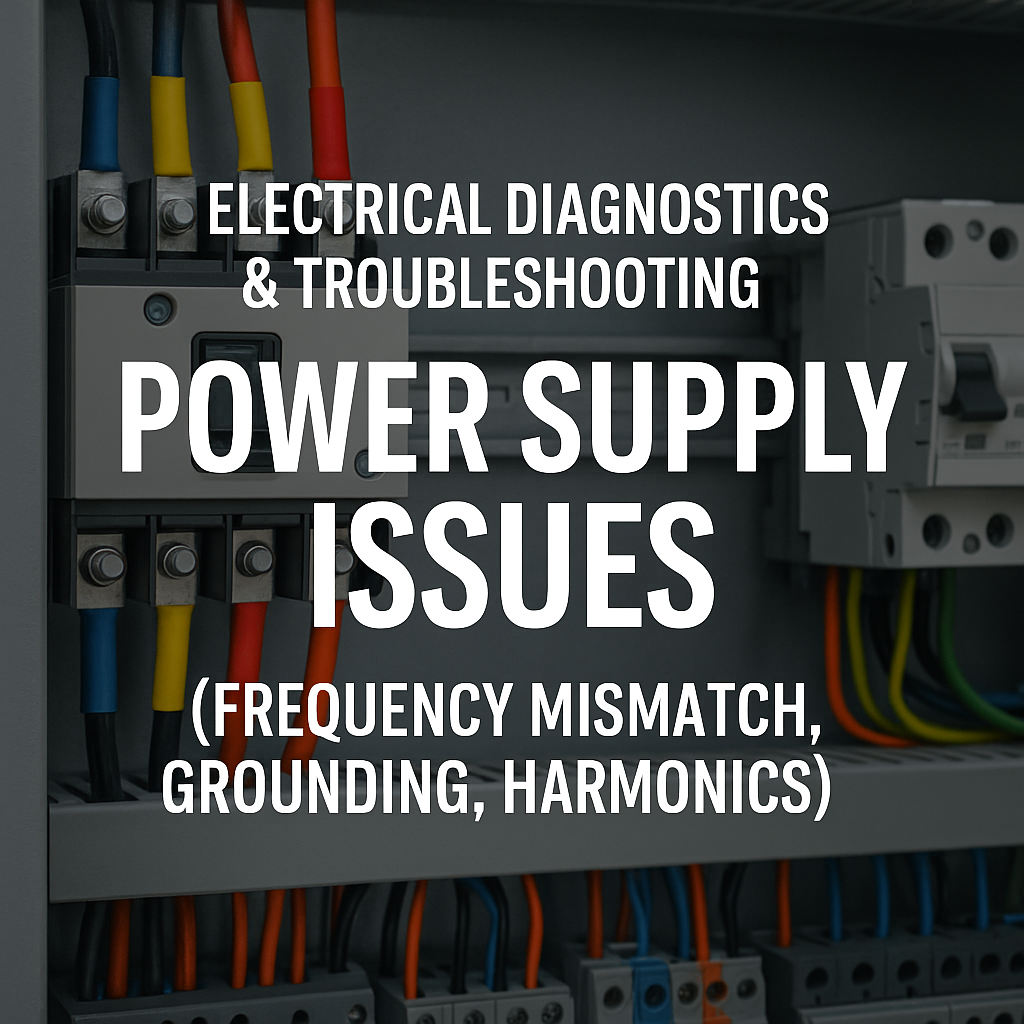
Posted on Thursday, May 16, 2024
Rwanda, one of East Africa’s fastest-growing economies, continues to experience growth in infrastructure, construction, and manufacturing. As a result, roll forming machines have become vital tools across multiple industries in cities like Kigali, Huye, Musanze, and Rubavu. From producing roofing panels for residential and commercial buildings to manufacturing steel profiles used in agriculture and warehousing, roll forming machines in Rwanda are playing a key role in shaping the nation’s economic development.
In this article, we explore the most popular types of roll forming machines in Rwanda, including their specifications, profiles produced, common industries, key usage areas, maintenance requirements, pricing, setup, and more. If you're considering investing in a roll forming machine in Rwanda, this guide will help you make an informed decision.
Type: Corrugated, IBR, and Trapezoidal Panel Roll Forming Machines
Specifications:
Roller Material: GCr15 steel with hard chrome coating
Machine Frame: 300–450 H-beam structure
Cutting System: Hydraulic with Cr12Mov blades
PLC System: Siemens or Delta
Speed: 10–15 meters/min standard; high-speed options available
Material Thickness: 0.3mm – 0.8mm
Input Material: PPGI, GI, Alu-zinc, Aluminum sheets
Common Profiles:
Corrugated panels for low-cost housing
IBR panels for industrial and commercial roofing
Trapezoidal panels for mid-range buildings and warehouses
Industries:
Residential construction
Commercial roofing companies
Public infrastructure projects
Type: Adjustable C/Z purlin roll forming machines
Specifications:
Roller Material: High-grade steel with surface treatment
Thickness Range: 1.2mm – 3.0mm
Changeover System: Manual or automatic purlin size adjustment
Hydraulic Cutter: For post-cutting based on desired lengths
PLC Control: Fully automatic
Common Profiles:
C purlins used in roof trusses and wall frames
Z purlins for supporting structural loads in metal buildings
Industries:
Industrial buildings
Steel warehouses
Agricultural storage units
Specifications:
Material Thickness: 0.4mm – 0.7mm
Roller Stations: 16–20 stations depending on the profile
Drive System: Chain or gearbox
Power: 7.5kW main motor average
Profiles:
Half-round gutter
Box-style rain gutter
K-style gutter profiles
Industries:
Residential construction
Rainwater collection systems
Commercial property maintenance
Specifications:
Material: Galvanized steel and cold-rolled steel
Thickness Range: 0.8mm – 2.0mm
Features: Inline punching, notching, and cut-to-length systems
Drive System: Gearbox-driven with AC motors
Profiles:
Door jambs
Window frames
Roller shutter slats
Industries:
Commercial and residential doors
Security shutter manufacturing
Roll forming machines are actively used in several major Rwandan cities:
Kigali: The capital and industrial hub, with large-scale construction and warehousing projects
Huye: Growing demand for affordable housing and educational infrastructure
Musanze: Agricultural and commercial development needs metal roofing solutions
Rubavu: Rapidly expanding tourism industry needing durable, stylish building materials
Muhanga & Nyagatare: Regional construction activity is driving demand for roll formed panels and frames
To ensure roll forming machines operate efficiently, the following maintenance tasks are critical:
Daily Cleaning: Remove metal dust and debris from rollers and moving parts
Lubrication: Apply oil or grease to moving parts such as the chains, bearings, and gears
Roller Inspection: Check for wear, alignment, and cracks regularly
Hydraulic Oil Check: Change oil every 6–12 months and monitor the hydraulic system
Electrical Components: Inspect wiring and control panels for any signs of damage
Alignment Calibration: Ensure rollers are correctly aligned to avoid profile defects
Preventive maintenance helps reduce downtime and extends the machine’s operational lifespan.
Setup Steps:
Foundation Installation: Ensure a flat, stable base using concrete
Machine Positioning: Place the machine in line with uncoiler and output tables
Power Supply Check: Connect to local power grid (typically 380V, 50Hz 3-phase in Rwanda)
Profile Setup: Load coil material and set rollers to the desired profile
PLC Programming: Input cutting length, batch quantity, and punching positions if applicable
Trial Run: Perform test runs with sheet feeding and fine-tuning
Operation:
Start with the uncoiler feeding material
Sheets pass through forming rollers
Inline punching or embossing if needed
Cut to length by the hydraulic shear
Collect finished profiles on a run-out table or stacker
Roll forming machine prices in Rwanda can vary based on speed, automation level, and profile complexity:
| Machine Type | Entry-Level Price (USD) | High-End Price (USD) |
|---|---|---|
| Roofing Sheet Machine | $25,000 | $70,000 |
| C/Z Purlin Machine | $35,000 | $90,000 |
| Gutter Machine | $18,000 | $40,000 |
| Door Frame/Shutter Machine | $30,000 | $75,000 |
Entry-level machines are manually adjustable with basic PLCs, while high-end versions offer fully automatic systems, servo feeding, and inline punching.
Rwanda currently imports most of its roll forming machines, as there are few local manufacturers. However, the following companies are known suppliers or importers:
Construction supply companies in Kigali that source machines from Turkey, China, and India
Regional distributors based in Nairobi and Kampala also serve Rwanda
Direct importers bringing in machines tailored to local profile needs
Most businesses in Rwanda rely on sourcing roll forming machines through international platforms or direct contacts with global manufacturers.
Q: What is the most commonly used profile in Rwanda?
A: IBR and corrugated roofing panels are the most widely used profiles for both residential and commercial applications.
Q: Can roll forming machines in Rwanda handle thicker steel?
A: Yes, C/Z purlin machines and door frame machines can process steel up to 3mm thick, ideal for structural applications.
Q: Do I need a skilled operator to run these machines?
A: Yes, operators should be trained in machine setup, profile alignment, and PLC control. However, semi-automatic machines are easier to manage with minimal training.
Q: How do I choose the right roll forming machine for my business in Rwanda?
A: Consider your target profile, material type, production speed, available power supply, and whether inline punching or automation is needed.
Q: How long does delivery and setup take in Rwanda?
A: Shipping from international suppliers typically takes 6–10 weeks. Installation and commissioning can be done in 3–5 days once the machine arrives.
Machine Matcher specializes in connecting businesses in Rwanda with the ideal roll forming machine to meet their profile needs. Whether you require roofing panel machines, purlin lines, or gutter machines, we help you choose from new and used machines, compare global suppliers, and ensure you receive a machine suited to your budget and technical specifications.
Why choose Machine Matcher?
Access to a global inventory of machines
Assistance with profile drawings and custom profile matching
Options for both new and second-hand equipment
Shipping and setup support tailored for Rwandan buyers
Expert guidance in English, French, and Kinyarwanda-speaking regions
Speak to one of our roll forming machine experts today:
UK: +44 20 335 56554
USA: +1 407 559 7948
Europe: +32 460 24 13 95
WhatsApp: +44 20 335 56554
Email: [email protected]
Let Machine Matcher help you find the perfect roll forming machine for your business in Rwanda.

32/1000 Box Profile Roll Forming Machine – Complete Guide & Specifications
Posted on Sunday, November 16, 2025
High-performance 32/1000 box profile roll forming machine for roofing and cladding. Full specifications, profiles, applications, pricing

PBR / R-Panel Roll Forming Machine – Complete Guide & Specifications
Posted on Sunday, November 16, 2025
PBR / R-Panel roll forming machine for roofing and wall cladding. Full specs, profiles, applications, pricing, and global buying guide. Built to order.

Posted on Sunday, November 16, 2025
How to Diagnose and Fix the Hidden Electrical Problems That Cause Downtime
Copyright 2025 © Machine Matcher.